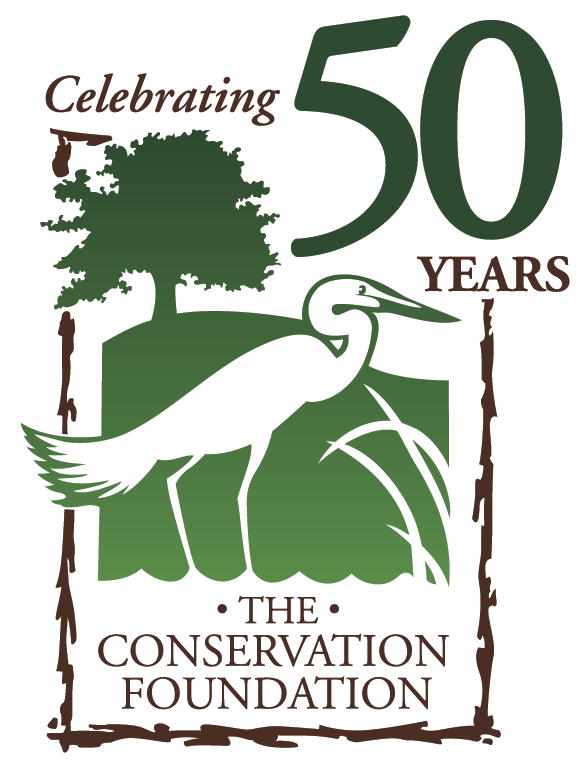How do supporters of The Conservation #thanknature?
By bringing nature close, and enjoying and sharing its gifts.
Over the last couple of years, Kyla and Rasheed Muhammad of Bolingbrook have transformed a typical suburban yard into an edible and sustainable landscape that feeds their family, supports wildlife, and manages stormwater. Kyla is a member of our NextGen Advisory Council, and their Conservation@Home certified gardens are a mix of native, edible, and medicinal plants that all nourish life in some way.
They replaced most of their lawn with edible, native medicinal plants that keep their family healthy, deal with frequent flooding and provide habitat. The yard boasts multiple rain gardens, rain barrels, raised beds for their annual crop plants, and dedicated pollinator gardens as well as plants pollinators love incorporated throughout the yard.
They also put in a clover bed with various native plants as well as two cherry trees, trying to optimize landscape for edible purposes but also being mindful of using plants together that help support each other without additional additives to the soil or landscape. Knowing that grass is expense and uses a lot of water to maintain, they wanted to remove their grass and put in something as a groundcover that would be beneficial to them and to the environment. The clover as well as the bed’s New Jersey Tea shrubs are both nitrogen fixing plants that help regenerate the soil and can be used in teas and for other medicinal purposes. The cherry trees supply them with delicious fruits as well as a lot of beauty and fragrant blooms.
 “It’s a little intangible, the benefits of growing and eating your own food” says Kyla. “It just always tastes better when it’s coming from your own garden or your own yard. So there’s that benefit. But then also too, planting native plants or plants that are great for pollinators and wildlife is super important. The ecosystem doesn’t exist in a bubble. Everything is all connected. I think there are a lot of opportunities for us to use our yards and garden spaces to feed ourselves, nourish ourselves as well as nourish the ecosystem and the wildlife. Turf grass alone doesn’t allow for that.”
“It’s a little intangible, the benefits of growing and eating your own food” says Kyla. “It just always tastes better when it’s coming from your own garden or your own yard. So there’s that benefit. But then also too, planting native plants or plants that are great for pollinators and wildlife is super important. The ecosystem doesn’t exist in a bubble. Everything is all connected. I think there are a lot of opportunities for us to use our yards and garden spaces to feed ourselves, nourish ourselves as well as nourish the ecosystem and the wildlife. Turf grass alone doesn’t allow for that.”
The Muhammads’ yard is the low spot in the neighborhood and takes on a lot of water, with flooding having presented a frequent problem before their yard overhaul. When they planned and designed their new yard space, they made decisions that would keep more water on the property and let it soak in.
They also replaced an outdated yew hedge that wasn’t performing any function with a fruit hedge, bringing pollination activity and antioxidant rich foods to their diets. The hedge includes chokeberries, red currant, blueberries, goji berries, and blackberries. They also designed for scents throughout the yard space to make a walk through the yard a multi-sensory experience. Thought was given to plants that smell nice as well as serving other environmental and medicinal functions. Kyla especially calls out the lavender she planted – bees go crazy for it, and it’s an instant mood boost to everyone in the family when they walk out the door. They also particularly enjoy the buttered popcorn scent of Prairie Dropseed when it ripens toward fall.
Just two years into the project they are already reaping the rewards of fresh fruits, vegetables and herbs as well as a parade of wildlife through their gardens. They’ve become bird watchers, and enjoyed the journey of watching and discovering new birds. “I look forward to discovering all of the things that I don’t yet know, and meeting all of the wildlife and things that I don’t yet know,” says Kyla. Rasheed and Kyla show us that our yards can do more for the environment, wildlife and our families. Their gardens will continue to bear more fruit—figuratively and literally—in the coming years.
View their full yard tour here:



